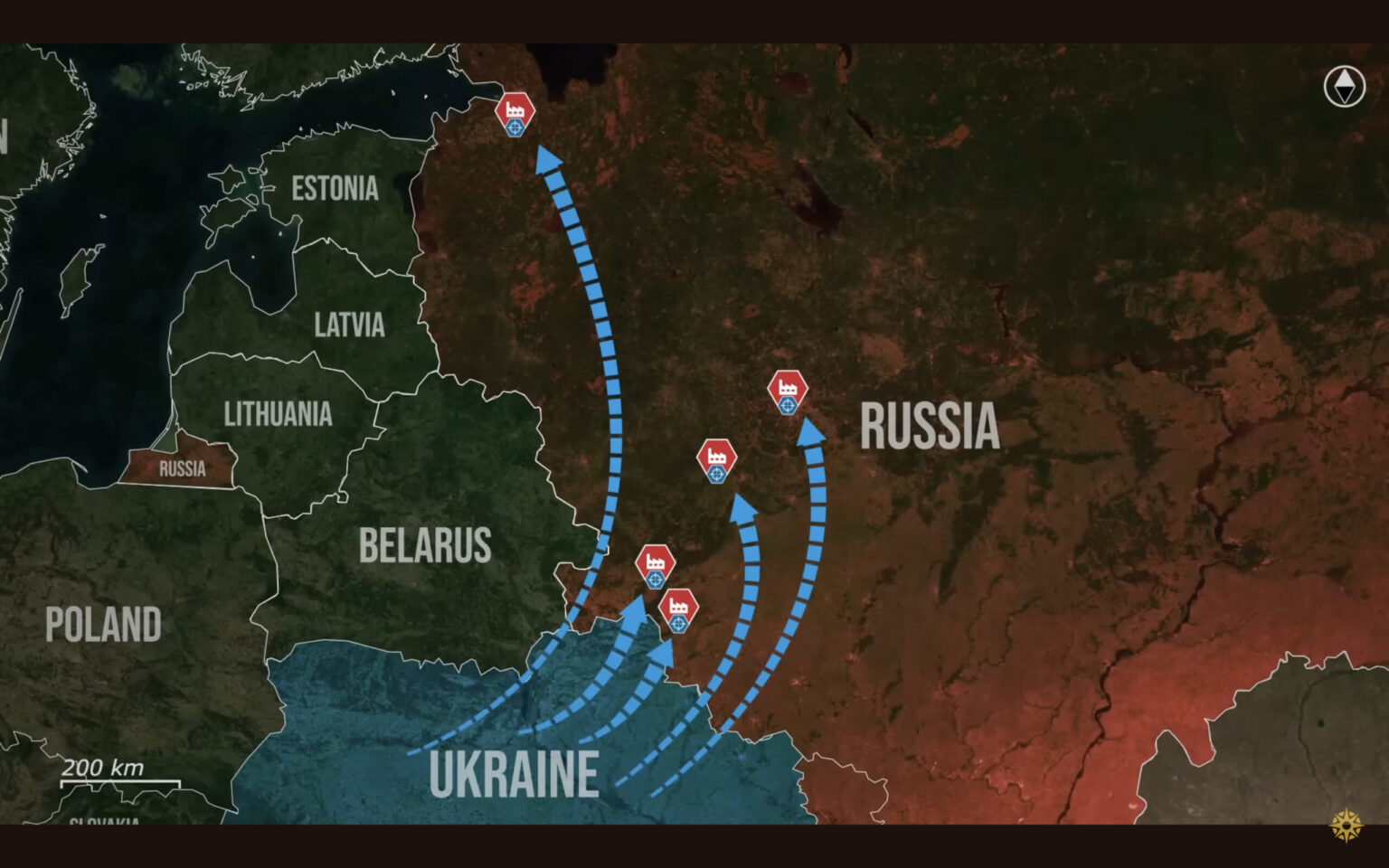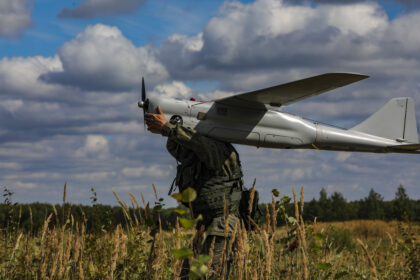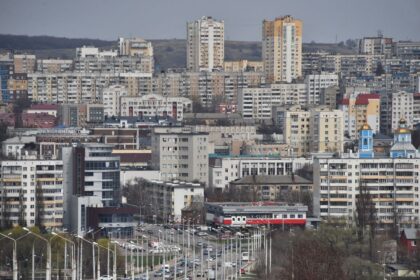**Ukraine’s Military Campaign Cripples Russia’s Defense Industry**
A series of devastating cyberattacks and precision strikes by Ukraine has forced Russia to shift towards lower-tech alternatives, with its strategic bomber fleet facing potential collapse. The coordinated campaign, dubbed “Operation Spiderweb,” has targeted key electronics plants, crippling Russia’s ability to wage high-tech war.
**Strategic Bombers in Jeopardy**
The Ukrainian Operation Spiderweb inflicted significant losses on Russia, with 25 strategic aircraft confirmed damaged or destroyed. Russian authorities are trying to hide the extent of the damage by swapping out destroyed bombers for intact ones taken from airfields not hit by the strikes. This desperate attempt to conceal the true scale of the destruction only serves to underscore the severity of the losses suffered by Russia.
**Cyberattack on Tupolev Design Bureau**
The Ukrainian Military Intelligence conducted an extensive cyberattack on the Tupolev Design Bureau, which designs and produces all Russian strategic bombers. The breach provided Ukrainians with comprehensive insight into operations and personnel involved in maintaining Russia’s strategic aviation fleet. This sensitive data could be used for sabotage or recruitment of low-ranking engineers to disrupt production.
**High-Tech Component Factories Targeted**
To cement the inability of Russians to rebuild their strategic bomber fleet, the Ukrainians decided to strike factories that produced other high-tech components necessary for the Russian war effort. These factories produce various microchips and technology essential in the production of Russian bombers, tanks, missiles, guidance systems, vision sights, and radars.
**Avangard Microchip and Radio-Electronics Factory Hit**
The Avangard factory in Saint Petersburg was recently struck, with a major fire reported at the section responsible for microchip production and assembly. Thick black smoke was seen rising from the facility, with the blaze covering around 100 square meters. Russian media initially claimed that all Ukrainian drones were intercepted, but emergency services confirmed the extent of the damage.
**Other Key Facilities Hit**
The Bolkhov Semiconductor Device Plant was targeted, scoring multiple direct hits on the main building and causing extensive fires that put the factory out of commission. The Strela microelectronics plant in Suzemka was destroyed, leaving no operational production capacity. The Kremniy El microelectronics plant in Bryansk was hit, delivering multiple strikes that ignited a large fire throughout the site.
**Major Impact on Russian Military-Industrial Complex**
The Ukrainian strikes had a major impact, targeting key sites in Russia’s military-industrial complex. The Avangard plant produces radio electronics, microchips, and communication systems used in ballistic and cruise missiles. The Bolkhov plant disrupts production of critical components for Sukhoi fighter jets, Iskander ballistic missiles, and Kinzhal hypersonic missiles.
**Russia Forced to Shift Towards Lower-Tech Alternatives**
The strikes severely limit Russia’s ability to produce advanced weaponry, forcing a shift to lower-tech solutions that reduce combat effectiveness and increase frontline losses. With over thirty percent of Russia’s nuclear-capable strategic bombers destroyed, Ukrainians are now starting to dismantle their ability to build these weapons entirely.
**Breach of Tupolev Design Bureau Internal Systems**
The breach of the Tupolev Design Bureau internal systems means that Ukraine possesses Russia’s most sensitive data on its strategic bomber designs and still active aircraft. This information will fuel future precision strikes and combat operations, placing the remaining Russian fleet at serious and growing risk.
Read More @ euromaidanpress.com












